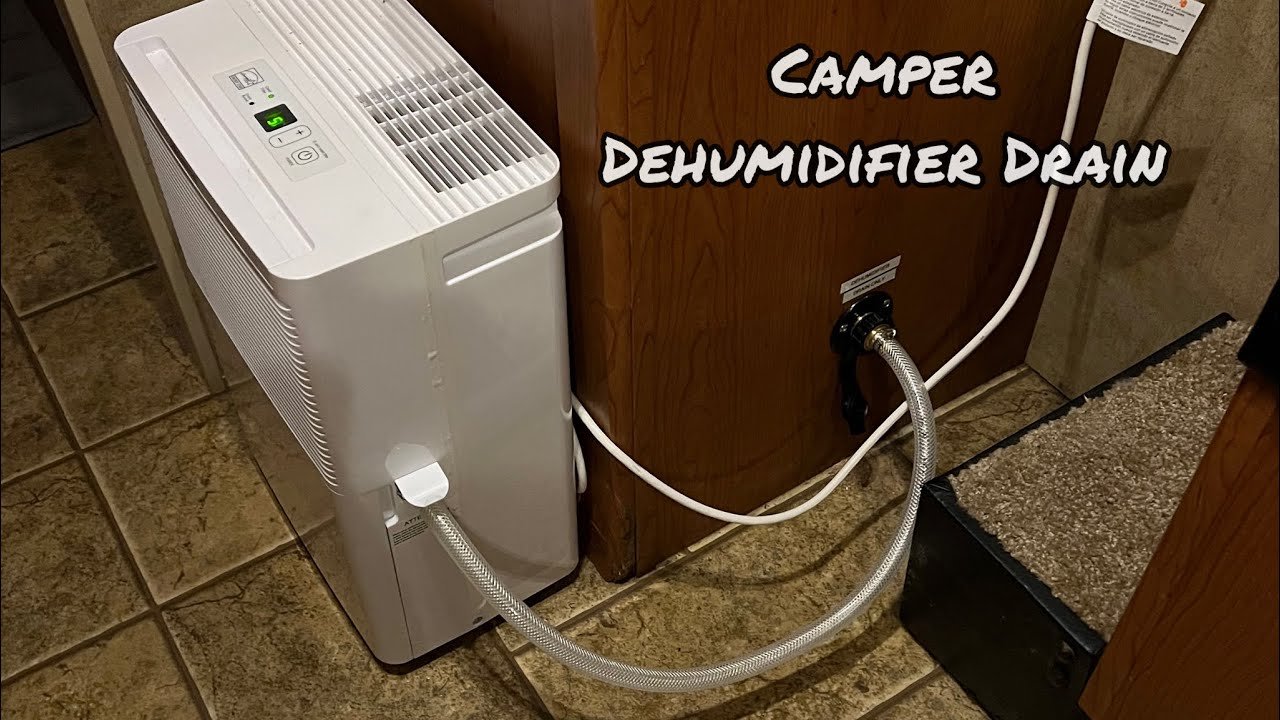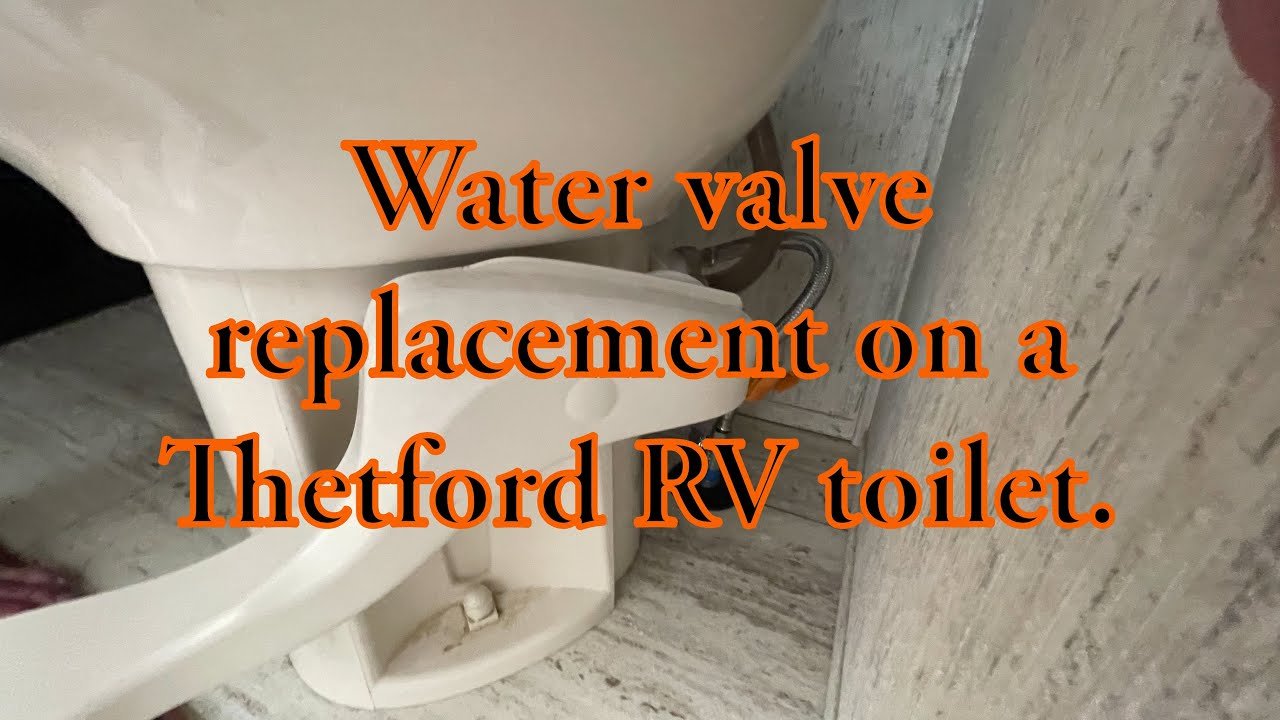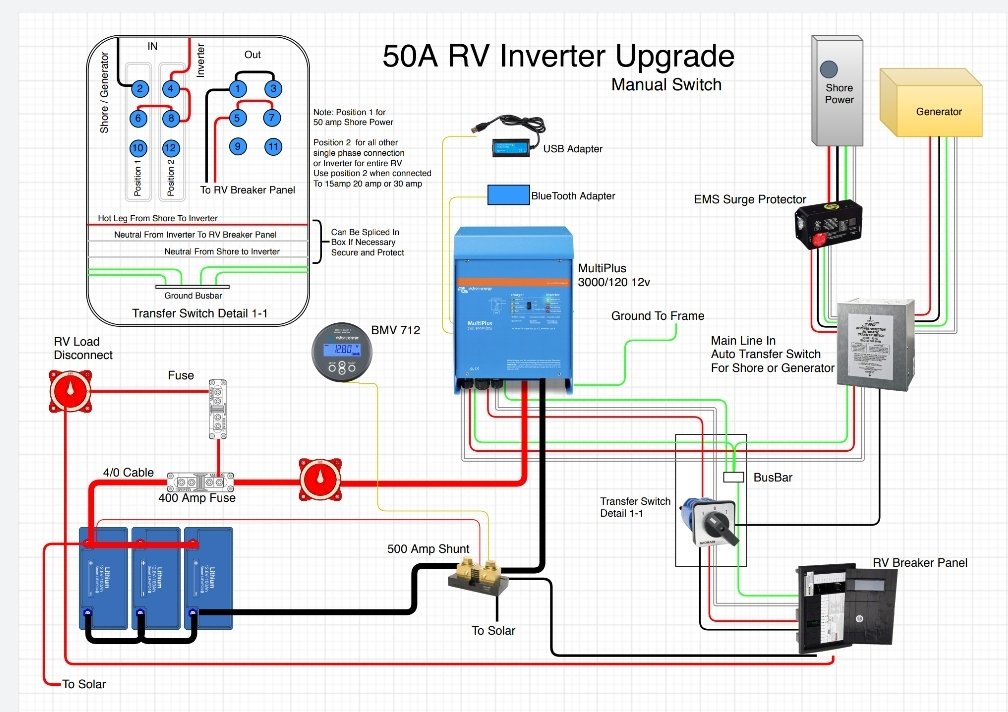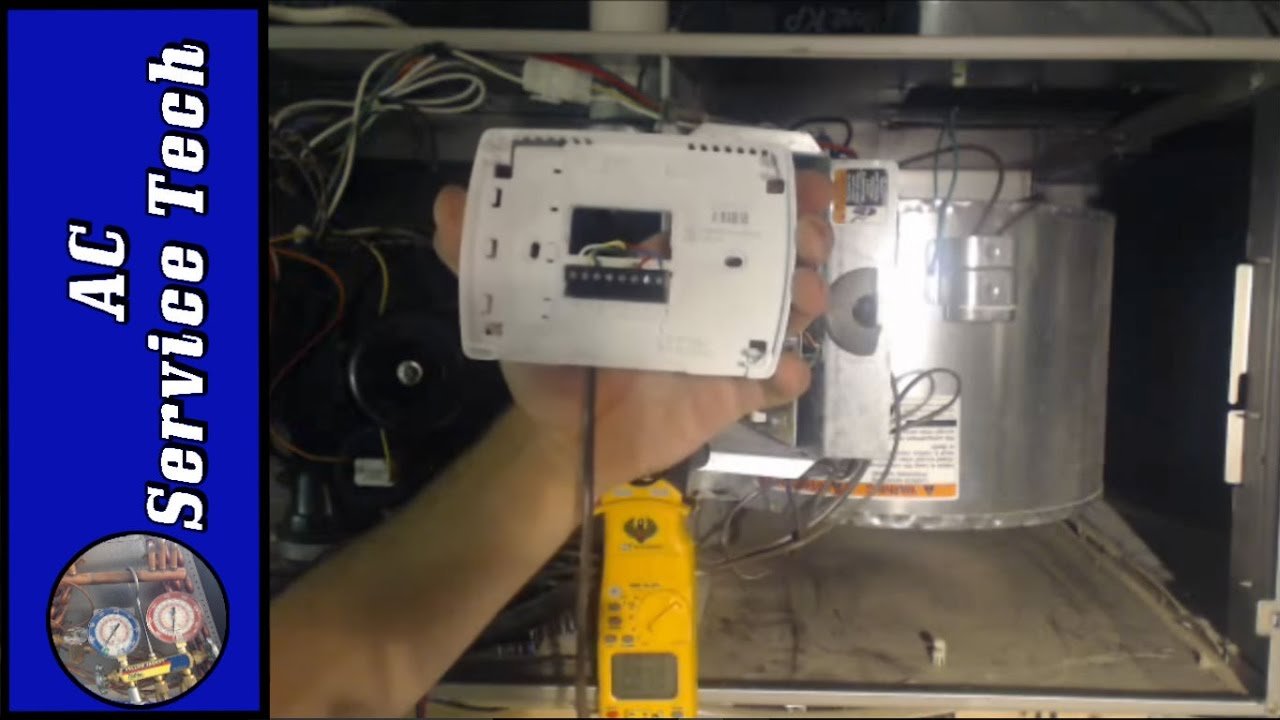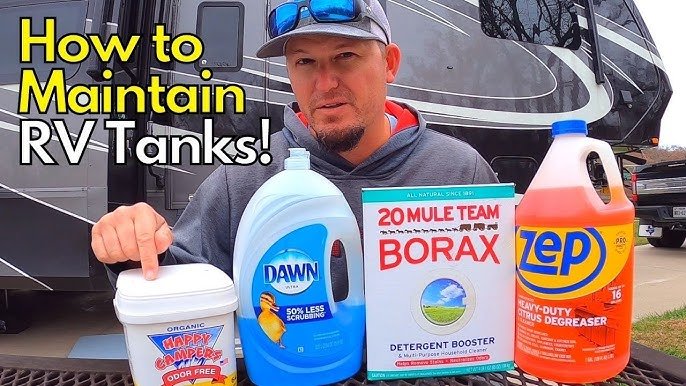Traveling in an RV offers the freedom to explore. But, moisture can become a problem.
A dehumidifier with a drain hose can be a game changer for your RV experience. Excess moisture can lead to mold, mildew, and unpleasant odors. This is where a dehumidifier steps in, keeping your space dry and comfortable. A model with a drain hose adds convenience, allowing continuous operation without the need to empty a water tank frequently.
In this blog, we will explore why a dehumidifier with a drain hose is essential for RV owners. Discover how it helps maintain a healthy environment, protects your investment, and ensures a pleasant journey. Stay with us to learn more about this valuable addition to your RV.
Benefits Of Using A Dehumidifier In Your Rv
Traveling in an RV offers freedom and adventure. Yet, it also brings challenges. Humidity is one of these challenges. High humidity inside your RV can cause several problems. A dehumidifier with a drain hose can solve these problems. Let’s explore the benefits of using a dehumidifier in your RV.
Improved Air Quality
One major benefit is improved air quality. Humidity can make the air feel heavy and uncomfortable. Dehumidifiers remove excess moisture from the air. This results in cleaner, fresher air inside your RV.
Better air quality can also help those with allergies. Dust mites and mold thrive in humid environments. Reducing humidity can reduce their presence. This leads to fewer allergy symptoms and a more enjoyable trip.
Prevention Of Mold And Mildew
Excess moisture can lead to the growth of mold and mildew. These can damage your RV and pose health risks. Dehumidifiers help prevent this by keeping the air dry.
Mold and mildew can grow on walls, fabrics, and other surfaces. They create unpleasant odors and can be difficult to remove. A dehumidifier with a drain hose ensures continuous operation. This keeps the air dry and prevents mold and mildew growth.
Using a dehumidifier helps protect your RV investment. It keeps your space healthy and comfortable. It also extends the life of your RV.
Features To Look For In An Rv Dehumidifier
When choosing a dehumidifier for your RV, several key features can make a significant difference. Not all dehumidifiers are created equal, especially for the unique environment of an RV. Understanding these features helps ensure your RV remains comfortable and moisture-free.
Portability And Size
Portability is crucial in an RV dehumidifier. Your RV has limited space, so a compact design is essential. Look for a unit that is lightweight and easy to move. This ensures you can position it wherever needed without hassle.
Consider the storage space when not in use. A smaller dehumidifier can be easily tucked away. Also, ensure it fits well in your living area without obstructing movement.
Energy Efficiency
Energy efficiency is another vital feature. RVs often rely on battery power or limited electrical hookups. An energy-efficient dehumidifier helps conserve power, allowing other appliances to run smoothly.
Check for units with an energy star rating. This indicates they meet energy-saving standards. An efficient dehumidifier not only saves power but also reduces your overall energy costs.
Why Choose A Dehumidifier With A Drain Hose
Why Choose a Dehumidifier with a Drain Hose?
Choosing a dehumidifier for your RV is crucial. It helps maintain a comfortable and healthy environment. One of the best features to look for is a drain hose. This feature offers many benefits that make your life easier.
Continuous Operation
A dehumidifier with a drain hose allows for continuous operation. You do not need to empty the water tank. The dehumidifier can run non-stop. This is especially useful on long trips. It ensures your RV stays dry and comfortable. You can enjoy your journey without any interruptions.
Convenience And Maintenance
A drain hose adds a lot of convenience. You do not have to check and empty the tank frequently. This saves you time and effort. It is very easy to set up a drain hose. Simply connect the hose to a drain or out through a window. The water will flow out automatically.
Maintenance is also simpler with a drain hose. Regular dehumidifiers need frequent cleaning and emptying. With a drain hose, less maintenance is needed. The dehumidifier can work efficiently for a longer time. This means less hassle for you and more time enjoying your trip.

Credit: www.amazon.com
Installation Tips For Your Rv Dehumidifier
Installing a dehumidifier in your RV ensures a comfortable and dry environment. Proper installation is key for optimal performance. Follow these tips to get the best results from your RV dehumidifier.
Optimal Placement
Finding the right spot for your dehumidifier is crucial. Place the unit in a central area of your RV. This ensures even air circulation. Avoid placing it too close to walls or furniture. The air needs space to flow freely around the unit.
Consider placing the dehumidifier near areas prone to moisture. These include the kitchen, bathroom, or near windows. If the RV has multiple rooms, ensure the dehumidifier can cover the entire space.
Connecting The Drain Hose
Connecting the drain hose is simple and prevents frequent emptying of the water tank. Follow these steps:
- Locate the drain port on your dehumidifier.
- Attach the drain hose securely to the port.
- Ensure the hose is directed towards a suitable drainage area.
- Check for any kinks or bends in the hose.
- Secure the hose to prevent it from moving.
Always check the hose connection for leaks. A secure connection ensures continuous drainage and efficient operation.
Using a drain hose can be especially beneficial during long trips. It prevents the hassle of emptying the water tank frequently.
For added convenience, consider using a small bucket or container to collect the water. This method offers flexibility if a direct drainage point is not available.
| Step | Description |
|---|---|
| 1 | Locate drain port |
| 2 | Attach hose securely |
| 3 | Direct hose to drainage |
| 4 | Check for kinks |
| 5 | Secure hose |
Ensuring correct installation of your dehumidifier and drain hose will keep your RV dry and comfortable. Follow these tips for a hassle-free experience.
Top Dehumidifiers For Rvs With Drain Hose
Finding the right dehumidifier for your RV can be tough. A good dehumidifier with a drain hose keeps your RV dry and comfortable. It prevents mold and mildew. Below, we explore the top dehumidifiers for RVs with drain hoses.
Brand Comparisons
Comparing brands helps you make an informed choice. Eva-Dry, Frigidaire, and hOmeLabs are popular options. Eva-Dry units are compact and effective for small spaces. They use a renewable silica gel technology. Frigidaire offers powerful units with large water tanks. They are suitable for bigger RVs. hOmeLabs dehumidifiers are quiet and energy-efficient. They have user-friendly controls.
Key Features
Key features make a difference in dehumidifiers. Look for automatic shut-off to prevent overflow. Continuous drainage saves time and effort. A built-in pump is useful for higher drainage points. Adjustable humidistat controls humidity levels. Low noise operation is crucial for a peaceful RV.
Some units have washable filters. They reduce allergens and improve air quality. Portability is another key factor. Lightweight units with handles or wheels are easy to move. Long drain hoses provide more flexibility. Ensure the hose fits your RV’s drainage system.

Credit: www.amazon.com
Maintenance Tips For Your Rv Dehumidifier
Proper maintenance of your RV dehumidifier ensures it works efficiently. Regular upkeep can extend its life and keep your RV’s air fresh. Here are some essential tips to keep your dehumidifier in top shape.
Cleaning The Filter
The filter in your dehumidifier traps dust and debris. Over time, it can get clogged. Clean the filter every two weeks for optimal performance.
- Turn off and unplug the dehumidifier.
- Remove the filter as per the user manual.
- Rinse the filter under warm water.
- Let it dry completely before reinstalling.
Ensuring Proper Drainage
Proper drainage is key for your dehumidifier’s efficiency. Use a drain hose to avoid frequent emptying of the water tank. Follow these steps to ensure proper drainage:
- Attach the drain hose to the outlet.
- Make sure the hose is not kinked.
- Place the other end of the hose in a sink or a drain.
- Check the hose regularly for blockages.
Troubleshooting Common Dehumidifier Issues
Having a dehumidifier in your RV is essential to keep the air dry and clean. But like any other appliance, dehumidifiers can encounter problems. This section helps you troubleshoot common issues with your dehumidifier, ensuring it works efficiently.
Addressing Water Leaks
Water leaks are a frequent issue with dehumidifiers. If you notice water pooling around your unit, start by checking the drain hose. Ensure the hose is properly connected and not kinked. A kinked hose can prevent water from draining correctly.
Also, inspect the hose for any blockages. A clogged hose can cause water to back up and leak. Cleaning the hose or replacing it can solve this issue. If the hose is fine, check the dehumidifier’s water tank. Make sure it is correctly seated in its position. An improperly seated tank can cause leaks.
Dealing With Noise Problems
Dehumidifiers can sometimes make unusual noises. If your unit is louder than usual, it might need some attention. First, check if the dehumidifier is on a stable surface. An uneven surface can cause vibrations and noise.
Next, clean the filter. A dirty filter can restrict airflow, causing the fan to work harder and make more noise. Most dehumidifiers have washable filters. Check the user manual for cleaning instructions.
If noise persists, inspect the fan blades. Dust and debris on the blades can cause imbalance and noise. Cleaning the blades can help reduce the noise. If these steps do not work, the motor might be faulty. In this case, consider contacting a professional for repair.

Credit: www.walmart.com
Maximizing Moisture Control In Your Rv
Maintaining optimal moisture levels in your RV is crucial for comfort and health. Excess humidity can lead to mold, mildew, and unpleasant odors. Using a dehumidifier for RV with a drain hose can be a game-changer. This device runs continuously without needing frequent emptying. Below, we explore how to combine it with other methods for the best results.
Combining With Ventilation
Proper ventilation is key in managing moisture. Open windows and vents when cooking or showering. This helps to release steam and humid air. Use roof vents and fans to enhance airflow. This minimizes condensation on windows and walls.
Combining these methods with a dehumidifier ensures the air stays dry. The unit works effectively, while ventilation prevents moist air from lingering. This dual approach keeps your RV interior fresh and mold-free.
Using Moisture Absorbers
Moisture absorbers are another great tool. They come in various forms, including silica gel packs and moisture-absorbing crystals. Place them in cabinets, under sinks, and other small spaces. These areas often trap moisture and are prone to mold growth.
Using moisture absorbers along with a dehumidifier maximizes moisture control. They tackle excess humidity in hard-to-reach areas, while the dehumidifier handles the main living space.
Here’s a quick comparison of moisture control methods:
| Method | Benefits |
|---|---|
| Ventilation | Removes humid air, prevents condensation |
| Moisture Absorbers | Targets small spaces, prevents mold |
| Dehumidifier with Drain Hose | Continuous operation, no frequent emptying |
Using these methods together ensures the best results. Your RV will stay dry and comfortable, free from mold and mildew.
Frequently Asked Questions
What Is The Best Dehumidifier For An Rv?
The best dehumidifier for an RV should be compact, efficient, and have a drain hose. It should effectively reduce humidity.
How Does A Dehumidifier With A Drain Hose Work?
A dehumidifier with a drain hose continuously removes moisture. The hose directs water to a drain, eliminating the need to empty a tank.
Can I Use A Regular Dehumidifier In My Rv?
Yes, but a dehumidifier designed for RVs is better. It’s more compact, energy-efficient, and often includes a drain hose.
How Often Should I Run A Dehumidifier In My Rv?
Run your dehumidifier whenever humidity levels are high. This is often during rainy seasons or when cooking or showering.
Conclusion
A dehumidifier with a drain hose is essential for RV living. It helps maintain comfort and protects against mold. Easy to use and maintain, it offers peace of mind. Investing in one ensures a healthier RV environment. Enjoy your travels without worrying about excess moisture.
A good dehumidifier can make all the difference. Your RV will feel fresh and welcoming. Stay comfortable and happy on the road. Make the smart choice for your RV today.


